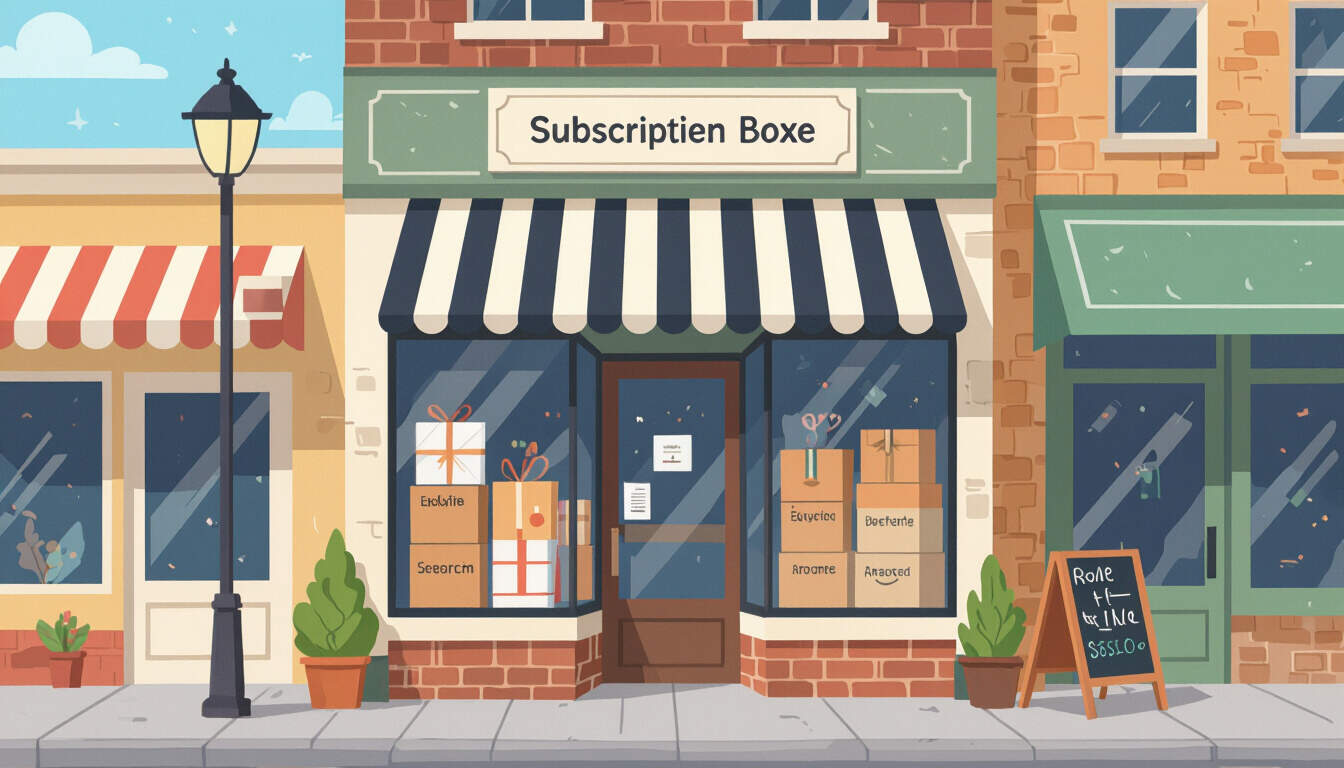Low-Cost Recurring Revenue Models in Tiny Subscription Commerce
 by Lilian Nienow
by Lilian Nienow
Low-cost recurring revenue models offer entrepreneurs a practical way to build steady income through tiny subscriptions. These strategies help small businesses create affordable, ongoing services that boost customer loyalty and profitability, making them ideal for e-commerce growth.

Low-cost recurring revenue models have become a key approach for entrepreneurs and small business owners seeking stable income streams. These models focus on subscriptions that are affordable and easy to manage, allowing businesses to maintain customer engagement without high upfront costs.
In the context of tiny subscription commerce, these models involve offering small-scale, budget-friendly options that customers can subscribe to regularly. For instance, a local artisan might provide monthly deliveries of handmade items for a minimal fee. This method ensures a predictable cash flow, which is essential for business sustainability.
One effective way to implement these models is by starting with simple product bundles. Businesses can select items that align with customer needs and set up automated billing systems. Recurring revenue from these bundles can help offset operational expenses over time.
To succeed, entrepreneurs should analyze their target market carefully. Understanding customer preferences allows for the creation of offerings that provide real value. For example, a coffee shop could offer weekly coffee deliveries at a low price point, encouraging repeat purchases and building a loyal base.
Benefits of These Models
Adopting low-cost recurring revenue models brings several advantages. First, they promote customer retention by fostering ongoing relationships. Once customers sign up, they are more likely to continue, reducing the need for constant acquisition efforts.
Additionally, these models can improve cash flow management. With regular payments coming in, businesses gain financial stability that supports growth initiatives. Subscription commerce in this form also allows for easier scaling, as adding new subscribers requires minimal additional resources.
Practical Strategies for Implementation
Entrepreneurs can begin by identifying products or services that lend themselves to repetition. This might include digital content, such as newsletters or online tutorials, which have low production costs. Setting up a basic platform for subscriptions is straightforward and can be done through existing e-commerce tools.
Pricing is another critical factor. Keeping fees low encourages sign-ups while ensuring profitability. A common strategy involves tiered options, where customers choose based on their budget. For example, a fitness enthusiast might offer monthly workout plans at different levels, appealing to a wider audience.
Monitoring and adjusting are vital for long-term success. Businesses should track subscription metrics, such as renewal rates, to refine their offerings. This data-driven approach helps in making informed decisions that enhance customer satisfaction.
Real-World Applications
Many small businesses have thrived using these models. A bookshop, for instance, could provide quarterly selections of books for a small annual fee, creating a community around shared interests. This not only generates steady revenue but also strengthens brand loyalty.
In the e-commerce space, beauty brands often use tiny subscriptions for sample products. Customers receive a few items each month, which keeps them engaged and likely to purchase full-sized versions later. Such applications demonstrate how tiny subscriptions can lead to upselling opportunities.
Challenges and Solutions
While beneficial, these models are not without hurdles. One challenge is customer churn, where subscribers cancel unexpectedly. To address this, businesses can offer incentives for renewals, like discounts or exclusive content.
Another issue involves payment processing fees, which can eat into profits on low-cost plans. Entrepreneurs might negotiate with providers or bundle services to minimize these costs. Overall, proactive planning can mitigate these obstacles, ensuring the models remain viable.
In summary, low-cost recurring revenue models provide a solid foundation for tiny subscription commerce. By focusing on affordability and value, entrepreneurs and e-commerce enthusiasts can achieve sustainable growth and foster lasting customer connections.
